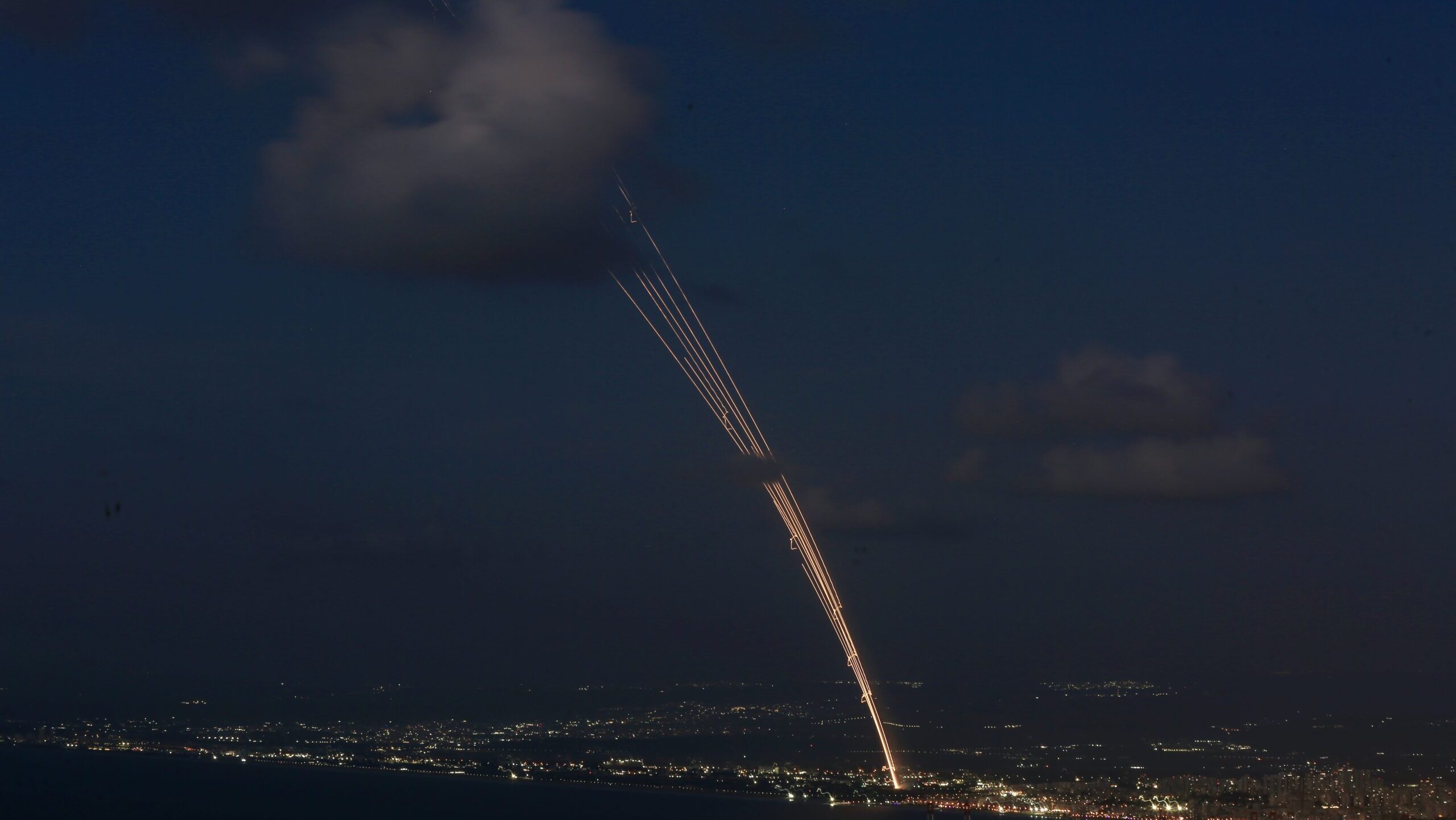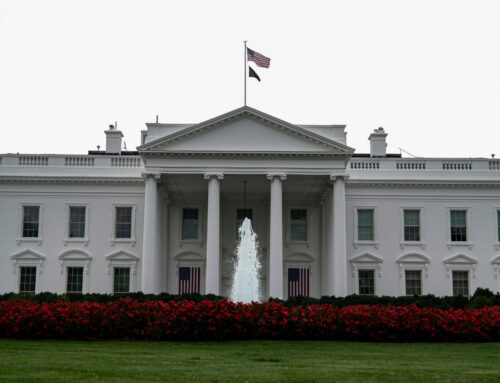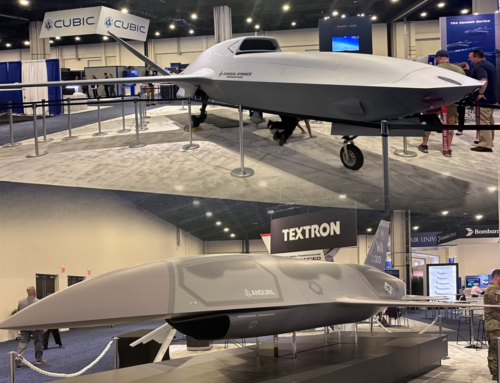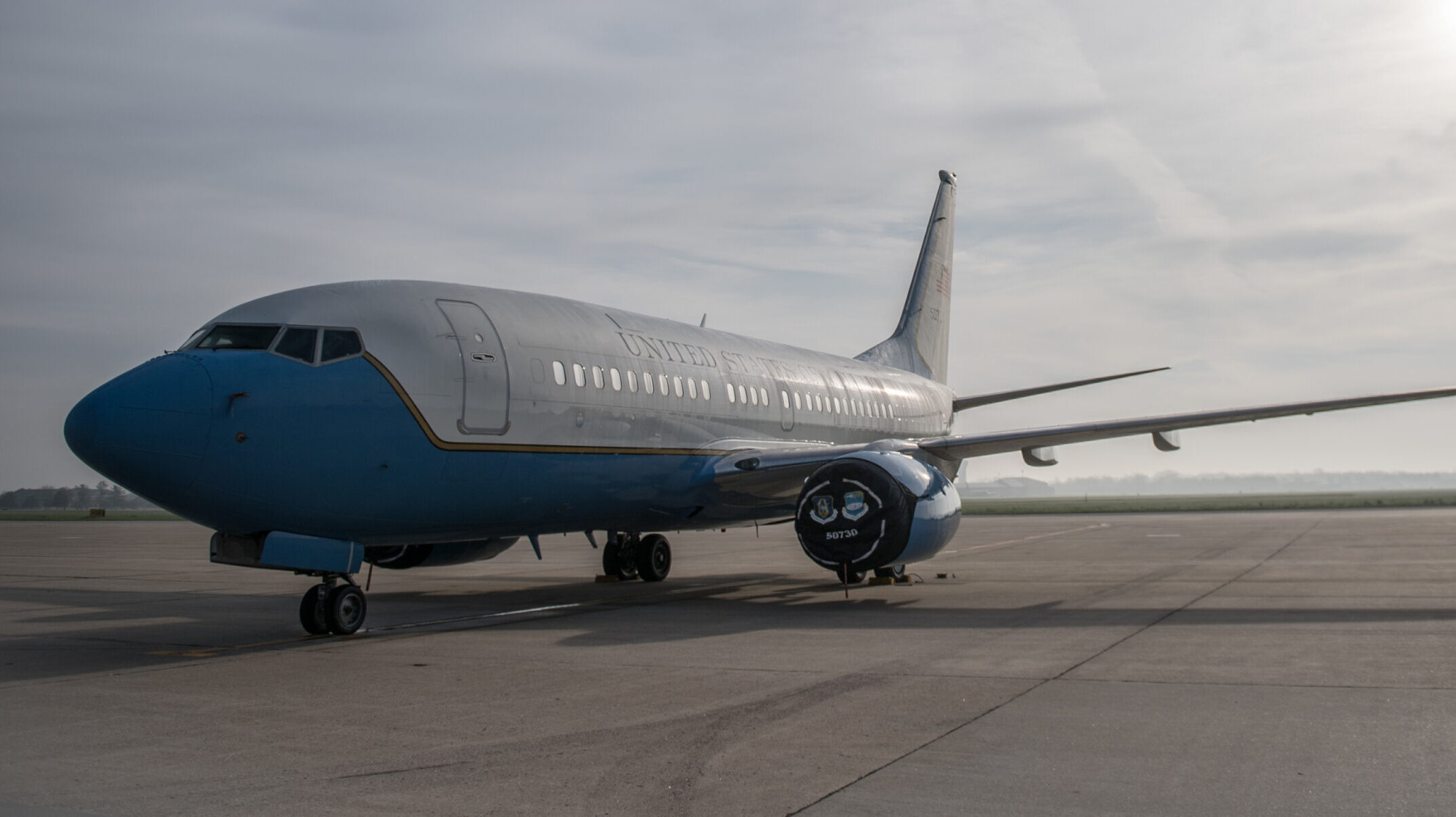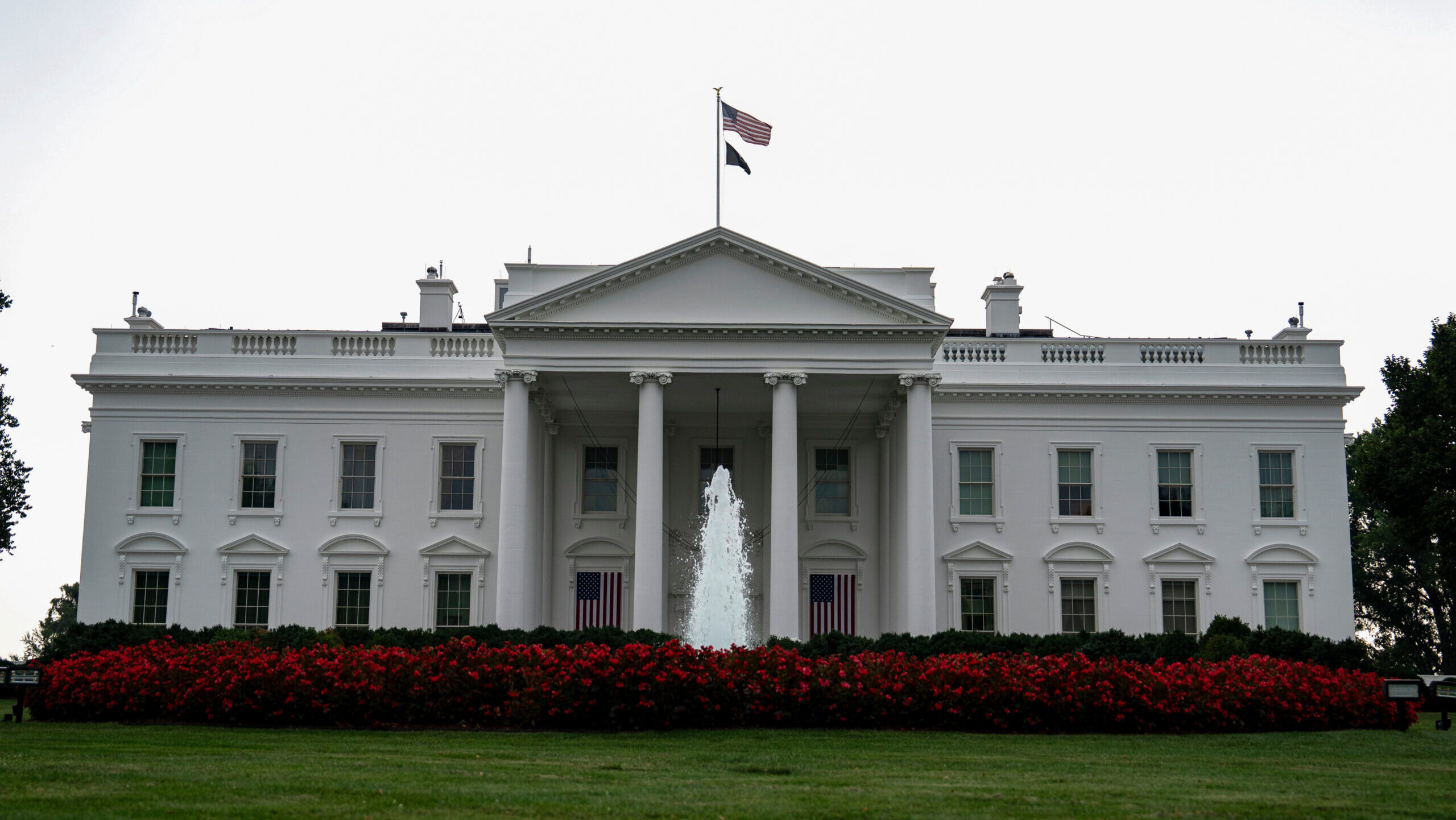HAIFA, ISRAEL – SEPTEMBER 23: Israel’s aerial defense system Iron Dome destroys rockets fired from Southern Lebanon in Haifa, Israel on September 23, 2024. (Photo by Saeed Qaq/Anadolu via Getty Images)
BEIRUT — After 11 months of clashes between Hezbollah and Israel, the Lebanese armed group fired for the first time today a ballistic missile dubbed Qadr 1 towards Tel Aviv, according to a statement by the group earlier.
The strike comes after an intense week of severe Israeli air raids and attacks.
The ballistic missile was “targeting the Mossad headquarters in the suburbs of Tel Aviv, which is the headquarters responsible for assassinating [Hezbollah] leaders and bombing pagers and radios,” the statement said.
Israel reported it intercepted a missile from Lebanon today headed toward Tel Aviv, and that no damage was done.
Experts told Breaking Defense that the firing of the ballistic missile shows an expansion to the range of targets Hezbollah can attack.
It’s a first for Hezbollah to strike “this deep into Israel and do so using a guided system. This is a new level of escalation by Hezbollah we haven’t seen before,” Fabian Hinz, a research fellow for Defence and Military Analysis at the International Institute for Strategic Studies told Breaking Defense.
“It is the first time Hezbollah has ever claimed to have used ballistic missile [and they] are guided,” Hinz noted. “We’ve seen Hezbollah use shorter range rockets before, [and] we’ve seen them use some of the slightly longer range rockets that they also used in 2006.”
Jean Loup Samaan, a senior research fellow at the Middle East Institute said that it’s a way for Hezbollah to intensify its strikes.
“We are no longer talking about short range rockets on the north in unpopulated areas but ballistic missiles deep into Israel,” Samaan told Breaking Defense.
“The Qadr-1 is a lot more powerful than the small rockets that Hezbollah has fired frequently against Israel,” said Shaan Shaikh, deputy director and fellow of the missile defense project at CSIS. “But Hezbollah’s use of only one ballistic missile instead of a salvo launch or combined use with drones was militarily ineffective.”
He pointed that this strike “suggests it was done for signaling purposes — to remind Israel of the full range of Hezbollah’s retaliatory capabilities, and affirm their willingness to use them.”
Iran reportedly revealed a Qadr ballistic missile, which is an upgraded version of the Shahab-3 ballistic missile, in 2007. The Iranian Qadr missiles have three versions with different ranges from 1300 km to 2000 km, and are powered by liquid and solid fuel.
However, Hinz doubts that the Qadr missile used today is the same as Iran’s Qadr missile.
“This missile almost is certainly, 99.9 percent not identical with the Iranian one that is called so. The Iranian one is basically one of Iran’s long-range missiles that has been developed to strike Israel. That’s not the missile Hezbollah used to strike Central Israel,” he told Breaking Defense.
He gave two possibilities: either the naming conventions of Hezbollah are just completely different to the Houthis or that “there are more uranium missiles called Qadr that we don’t know [of].”


